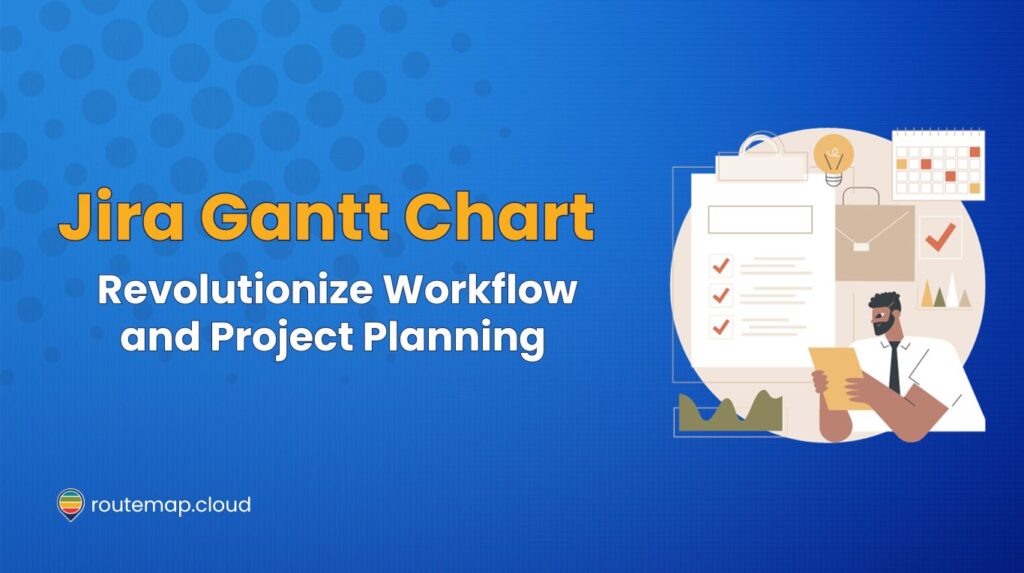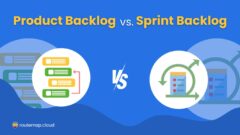Efficiency and organization are keys to the success of any project management. And a Jira Gantt chart offers a powerful solution for that.
Besides, Gantt charts in Jira go beyond visualization: they can streamline project planning and execution. Whether you are an experienced manager seeking optimization or a newcomer looking to enhance your skills, they will transform your workflow into success.
Let’s explore the world of Jira Gantt charts and their potential to reshape your project management experience.
What is a Jira Gantt chart?
Before diving into Jira-specific details, we should first understand what Gantt charts are in project management.
1. Understanding Gantt charts
Gantt charts are visual representations of project schedules that show the durations of tasks as well as their dependencies.
Henry L. Gantt created the first Gantt chart at the beginning of the 20th century. It has since established itself as a project management.
A standard Gantt chart has tasks listed on the vertical axis and a horizontal timeline showing the project’s duration. In addition, individual tasks are represented by bars or blocks on the chart, whose length and position indicate the beginning, middle, and final stages of each job.
Meanwhile, dependencies between tasks are shown through connections or arrows.
2. The role of Gantt charts in project management
Gantt charts serve several essential purposes in project management:
- Visualization: Gantt charts offer a visual, high-level view of the project timetable. Therefore, project managers and team members can quickly view task durations and chronological order.
- Task dependencies: These charts clearly illustrate task dependencies. A key component of efficient project planning and execution is knowing which tasks depend on others.
- Resource allocation: By indicating when team members are required for particular activities, Gantt charts also aid in the optimal allocation of resources.
- Timeline management: Gantt charts are a useful tool for project managers to establish and monitor deadlines, which helps to guarantee that activities are finished on time.
- Communication: A Gantt chart also helps team members, stakeholders, and clients communicate with each other. As a result, everyone is aware of the project’s advancement and impending milestones.
Benefits of using the Gantt chart in Jira
1. Enhance project planning ability
One of the key benefits of Jira Gantt charts is their ability to enhance project planning. With a visual representation of tasks and timelines, project managers can easily identify potential bottlenecks, allocate resources efficiently, and set realistic project schedules.
2. Improve task tracking and communication
A Jira Gantt chart makes monitoring the status of individual tasks and the project overall simple. Moreover, members of the team may easily identify which tasks are dependent on others, what has to be done, and when deadlines are coming up.
As a result, this encourages improved teamwork and communication as a consequence.
3. Streamline team collaboration
The foundation of a successful project management effort is effective collaboration. Additionally, Jira Gantt charts give team members a shared perspective of the project, making it easier for them to grasp their respective roles and responsibilities.
As expected, this openness facilitates more effective teamwork and lowers the possibility of miscommunication.
How to create a Jira Gantt chart
Unfortunately, there is no Gantt chart built into Jira. Still, you can use a similar alternative by Atlassian themselves which is the Jira roadmap.

You can use these Jira roadmaps to create Gantt charts for specific projects for better work management within a team. With a roadmap, project managers can have a big eye view on the important points of the project, knowing how members track their goals and the work breakdown structure.
In case you are working on multiple projects across multiple teams, there is something even better. You can opt for the advanced roadmap for Jira for quick and easy planning ability.
Besides, these roadmaps can go beyond teams: they can also apply to all projects in your organization as a whole. Therefore, these roadmaps are extremely useful for planning at the team level.
In other words, you can get seamless project portfolio management across your organization.
Tips for effective project planning with Gantt chart in Jira
Without a doubt, effective project planning is what makes successful project management. Here are some practical tips to help you harness the full potential of the Jira Gantt chart in your project planning process.
1. Set realistic timelines
Setting reasonable and attainable deadlines is crucial. While too permissive a timeline might lead to inefficiency, a too aggressive timeline can cause burnout and reduced quality.
Therefore, you should create schedules that properly balance urgency and viability using your previous data as well as the team’s input.
2. Define and manage task dependencies
Jira Gantt charts excel at visualizing task dependencies, but it is crucial to define these dependencies accurately. Besides, it is also a good practice to identify which tasks are dependent on others.
As a result, this will ensure a correct representation of these relationships in the chart, preventing bottlenecks and maintaining a smooth workflow.
3. Provide adequate member training
Your team members must also be proficient in using Jira Gantt charts. Remember, well-trained team members are more likely to use the charts effectively and contribute to better project outcomes.
Therefore, you can offer training sessions or resources to help them navigate and make the most of this tool.
4. Use milestones in the Jira Gantt chart wisely
Milestones are important points in your project, including the start of the project, important deliverables, or completion. Besides, milestones also function as checkpoints and assist you in monitoring the overall development of your project.
Thus, in your Gantt chart, you should employ milestones to draw attention to these significant occasions.
5. Monitor resource allocation
Jira Gantt charts often allow you to monitor resource allocation and workloads of members within your team or organization. Moreover, overloading team members with tasks can lead to burnout and decreased productivity.
So, don’t forget to keep an eye on team members’ availability and ensure that workloads are balanced.
6. Analyze the critical path
The critical path is the sequence of tasks that, if delayed, would delay the entire project.
For this reason, knowledge of the critical path is crucial for project managers. In addition, you should concentrate on those on the important path to guarantee that the jobs proceed according to plan.
7. Review and reflect regularly
Finally, it’s advised to plan for routine evaluations of your Gantt chart and project status. This enables you to consider what is good and what needs to be improved.
Besides, you can also make improvements to your project planning and management procedures for upcoming projects by utilizing these insights.
How to implement a “true” Gantt chart in Jira
In case you are still interested in using a Jira Gantt chart in your project, you will have to use an application from the Atlassian marketplace. Fortunately, we have a recommendation to fulfill your needs.
With TeamBoard ProScheduler, you will be able to use the Gantt chart directly in your Jira instances. Moreover, it has all the features you need, including custom hierarchies, milestones, baseline, and more.

Final thoughts
Jira Gantt charts are a great resource for teams and project managers looking to improve productivity. Furthermore, they can facilitate better collaboration and project planning.
Besides, a Jira Gantt chart provides an easy-to-use and effective method for managing projects, regardless of experience level. As a result, you should begin utilizing their potential right now to transform your project management expertise.
However, if you find implementing a Jira Gantt chart into your work difficult, you can always look for other Gantt chart alternatives and see which one suits your project best. Good luck!





1 Comment. Leave new
This article provides valuable insights on how using Jira Gantt charts can streamline project planning, enhance task management, and improve team collaboration for efficient project execution.